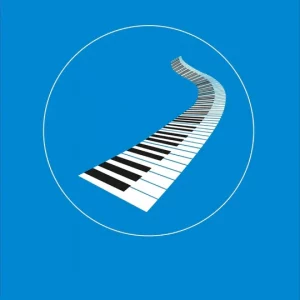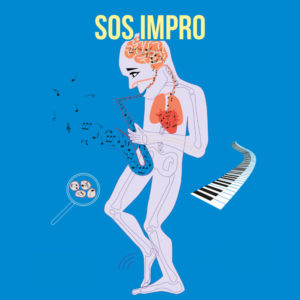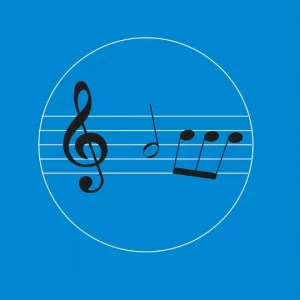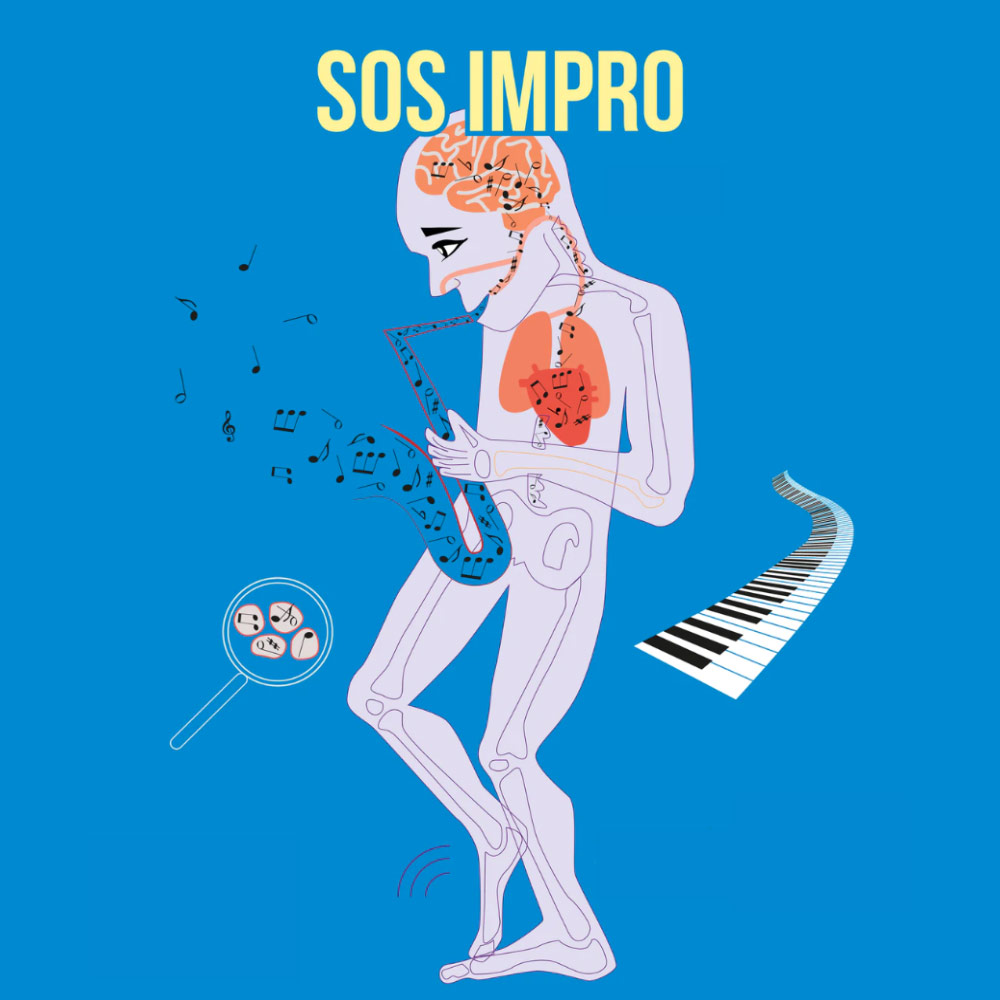This website uses cookies so that we can provide you with the best user experience possible. Cookie information is stored in your browser and performs functions such as recognising you when you return to our website and helping our team to understand which sections of the website you find most interesting and useful.
Complete musical improvisation method
40,00 € – 45,00 € TTC
View the summary of the complete method: in French or in English.
Find all the audios of the SOS IMPRO method on our YouTube channel.
This method, created by Nicola Sergio (pianist / arranger / composer), is designed specifically for the beginner and intermediate level musicians with a practical and non-theoretical approach.
The object of this method is to present a set of step-by-step exercises allowing you to improvise on the piano, saxophone, guitar, etc., and to create your own music.
The book, available in book or numeric version, is intended for students / musicians wishing to improvise on any type of chord charts : jazz, pop, rock, popular music and classical.
Method summary
The “primordial atoms”: visualization/improvisation on 3-note chords (triads) in all keys (circle of fifths)
Triads
- major triads beginning on the tonic (3/4 time)
- sequences of major triads beginning on the third
- sequences of major and minor triads beginning on the tonic and the third
- doubling a note of the triad, repetition or extension to the octave
- from triads to tetrads (triad + 7th)
“Melodic cells based on triads + external notes”. addition of external notes to the triad: 2nd, 4th or 6th as passing tones or for tension
- addition of 2nd / triad as passing tone or for tension
- addition of 4th / triad as passing tone or for tension
- addition of 6th / triad as passing tone or for tension
- the 8 melodic cells based on triad + external notes (4/4 time)
- the 8 models of melodic cells based on triad + external notes (3/4 time)
Appendix: pianists’ corner
- left hand accompaniment / major key circle of 5ths in 3/4
- left hand accompaniment / major key circle of 5ths in 4/4
The “brain”: fundamental principles of harmonic analysis
Major mode: harmonization, cadences and practical exercises
Minor mode: harmonization, cadences and practical exercises
Cadences derived from the blues
Chords “external” to the principal key
- ascending chromatic approach
- descending chromatic approach
- replacement of chords: “secondary dominants”: example on a full cadence in c major
- replacement of chords by “tritone substitution”
- the ii7 degree
The “heart”. melodic creation: vertical/horizontal thinking and chromatic approaches
Practical applications on a full cadence with “quarter notes” (beginner level): introduction of “tetrads”, “conjunct motion + 1 skip” and “intervallic melodic” cells
- major and minor modes (4/4 time)
- major and minor modes (3/4 time)
Practical application on a full cadence with “eighth notes” (intermediate level)
- major and minor modes (4/4 time)
Chromatic approaches
Appendix: pianists’ corner: left hand accompaniment in 3/4 and 4/4
The “skeleton”: rhythm, phrasing and density
Playing ahead of or behind the beat, subtraction, the 7 rythmic variations, length of phrases: practical application on ii-v-i cadence and full cadence
- major mode (4/4 time)
- major mode (3/4 time)
The density of a solo: examples of phrases of different densities on a full cadence (4/4 and 3/4 time)
Transcribing jazz solos: melody, rhythm and phrasing in the jazz idiom
Appendix: the 7 rhythmic variations applied to 4 quarter notes
Summary of the stages of a jazz standard “step-by-step”
“Take the ‘a’ train” (major key)
- appendix: pianists’ corner: take the a train left hand
“Summertime” (minor key)
- appendix: pianists’ corner: summertime left hand
notions:
1) vertical thinking,
2) horizontal thinking on the basic major/minor “colors”,
3) addition of chromatic approaches,
4) rhythm, phrasing and density, 5) pentatonic and blues “colors”
Guide to analysing famous jazz standards
- working on jazz standards
- analysis of 15 famous jazz standards
Share this product…
Facebook
Twitter
Pinterest
You may also like...
-

Chapter 5.1 – Summary « Take The A Train»
9,99 € TTC Select options This product has multiple variants. The options may be chosen on the product page -

Chapter 2 – Brain: Fundamental principes of harmonic analysis
9,99 € TTC Select options This product has multiple variants. The options may be chosen on the product page -

Complete musical improvisation method
40,00 € – 45,00 € TTC Select options This product has multiple variants. The options may be chosen on the product page -

Chapter 5.3 – Guide to analysing 15 famous Jazz standards
9,99 € TTC Select options This product has multiple variants. The options may be chosen on the product page

